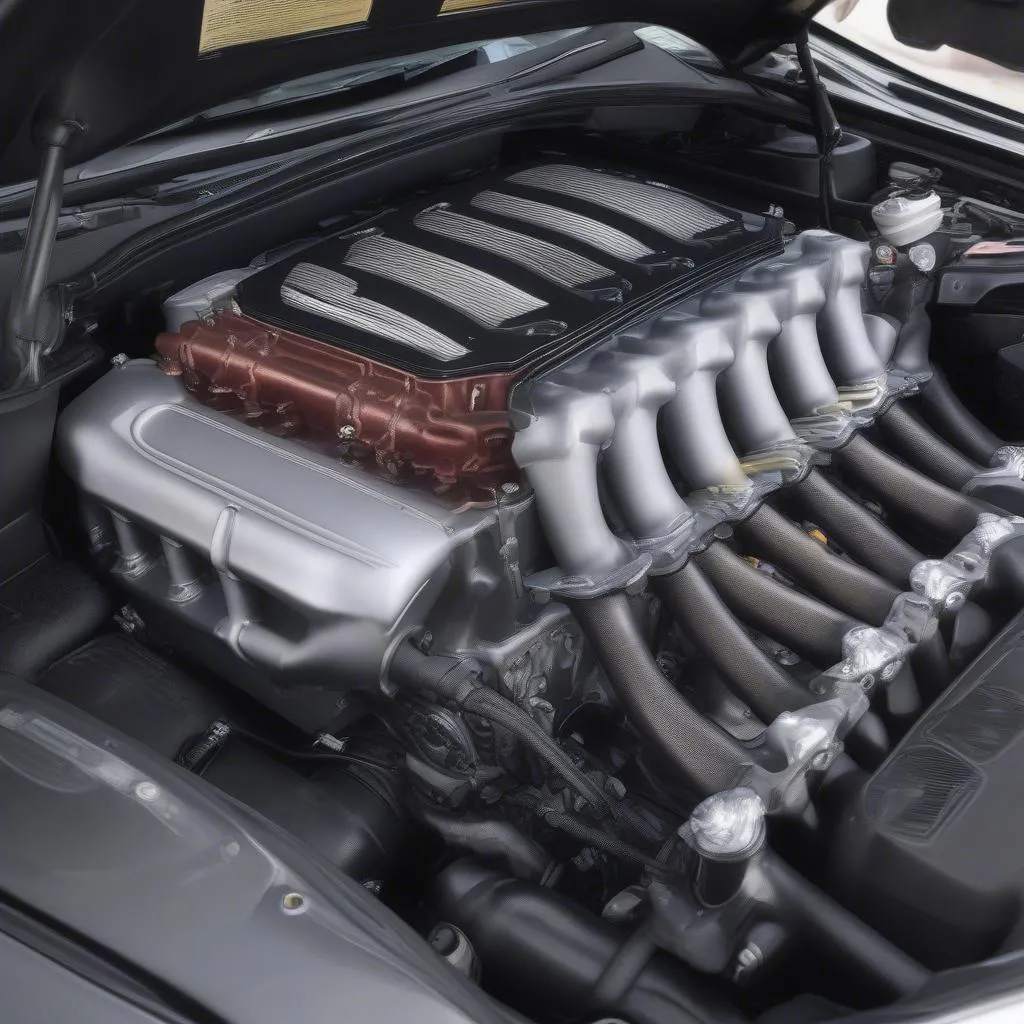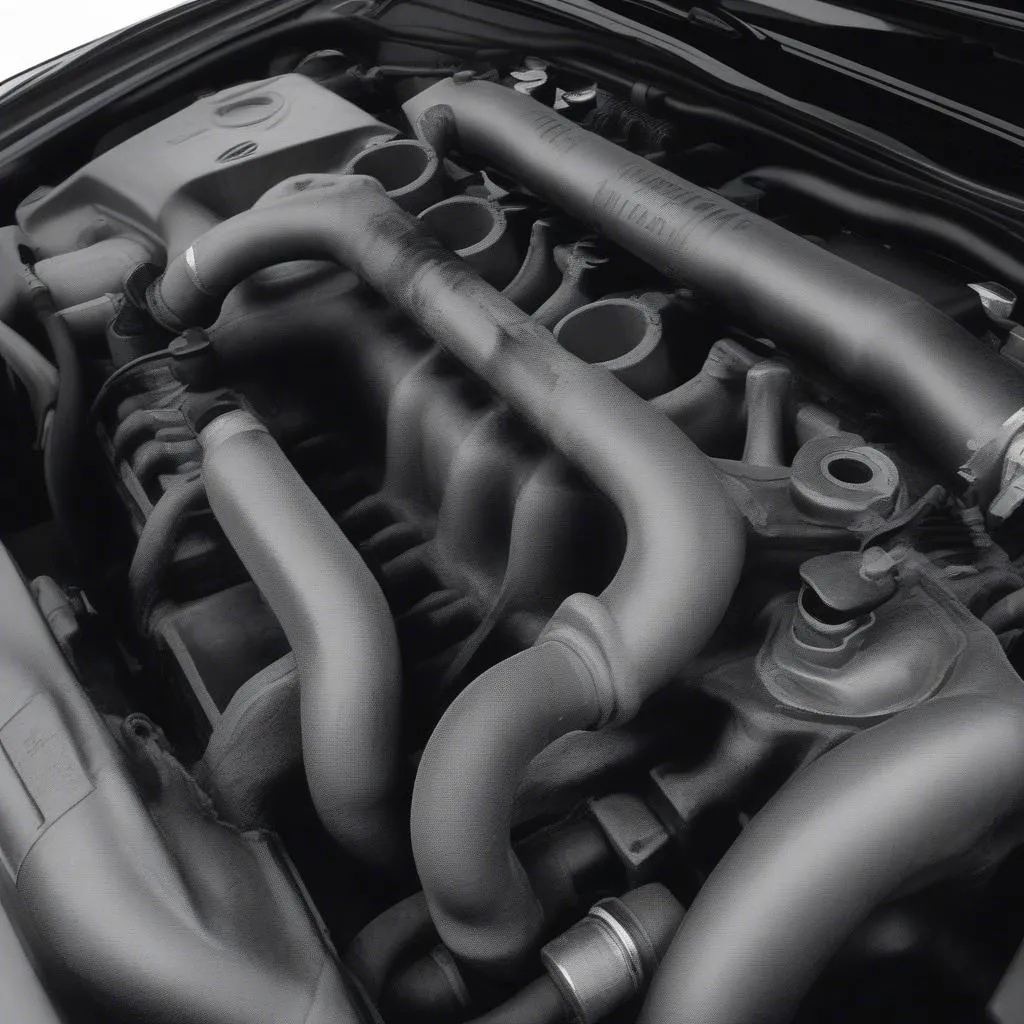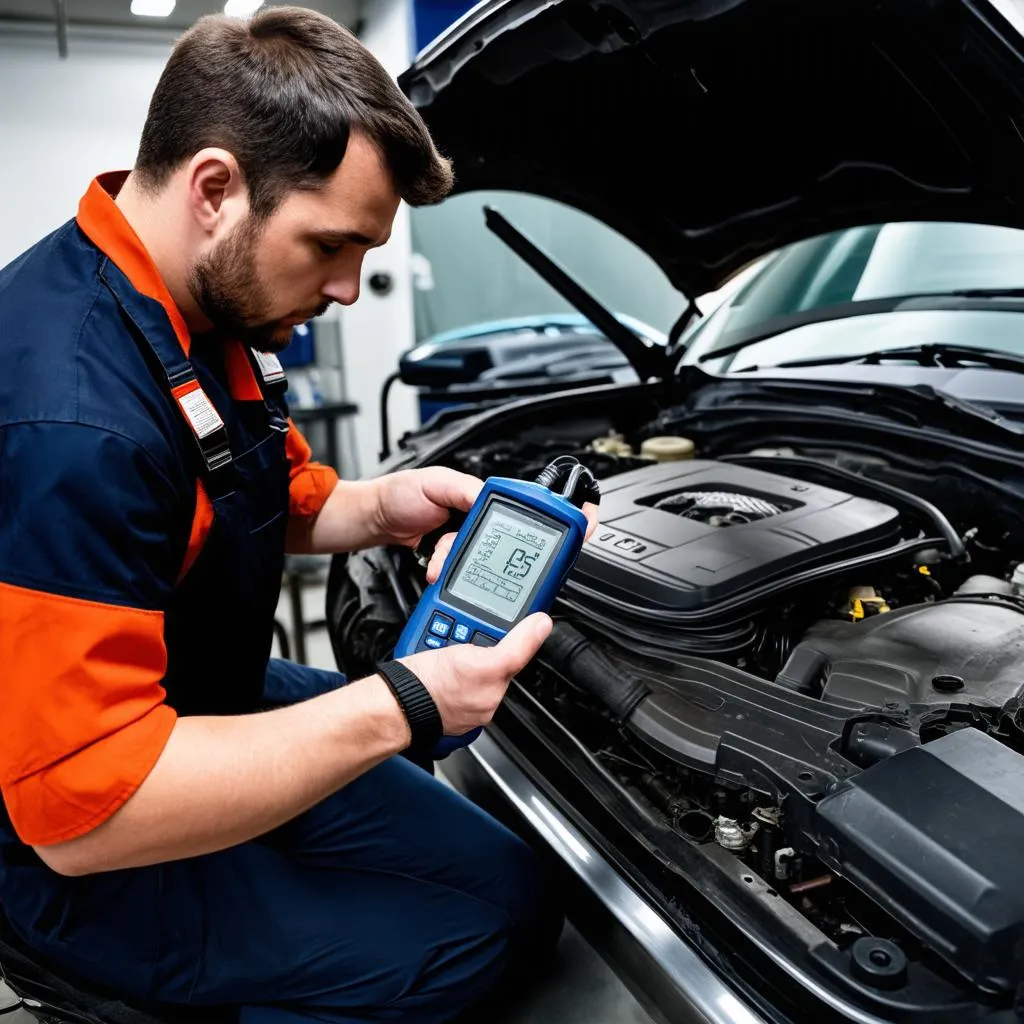If you own a Mercedes-Benz equipped with the robust 2.6-liter engine, you know it’s a workhorse. But even the sturdiest engines have their quirks. One common issue that plagues these engines is intake manifold problems. A faulty intake manifold can lead to a range of performance issues, from rough idling to reduced fuel efficiency. This guide is here to help you understand, diagnose, and fix those pesky Mercedes 2.6 intake manifold issues.
Understanding the Mercedes 2.6 Intake Manifold
The intake manifold plays a vital role in your engine’s performance. It’s responsible for distributing the air-fuel mixture to the cylinders. Over time, the intake manifold on Mercedes 2.6 engines can develop vacuum leaks or experience issues with the intake manifold runner flaps. These flaps control the airflow into the cylinders, and if they malfunction, it can lead to a variety of problems.
Recognizing the Signs of Trouble
How can you tell if your Mercedes 2.6 intake manifold is giving you trouble? Here are some telltale signs:
- Check Engine Light: One of the most obvious indicators, often accompanied by a code related to the intake manifold system.
- Rough Idle: Your engine might sound like it’s sputtering or shaking when the car is stopped.
- Reduced Power: You might notice a decrease in acceleration or overall engine power.
- Hissing Sounds: A vacuum leak in the intake manifold can produce a noticeable hissing sound coming from the engine bay.
- Poor Fuel Economy: A malfunctioning intake manifold can disrupt the air-fuel ratio, leading to increased fuel consumption.
Gearing Up for the Fix
Before you dive into fixing your Mercedes 2.6 intake manifold, you’ll need a few tools:
- Socket set: To loosen and tighten bolts.
- Screwdrivers: For various fasteners and clamps.
- Replacement gaskets: It’s always a good idea to replace these when working on the intake manifold.
- Carburetor cleaner: To clean the throttle body and intake manifold.
- Torque wrench: To tighten bolts to the correct specifications.
- Optional: OBD-II Scanner: To read and clear error codes.
Mercedes 2.6 Intake Manifold Fix: A Step-by-Step Guide
While the exact process may vary slightly depending on your Mercedes model, here’s a general guide:
- Disconnect the Battery: Always disconnect the negative battery terminal to prevent electrical mishaps.
- Access the Intake Manifold: This typically involves removing engine covers and other components obstructing access.
- Inspect for Vacuum Leaks: With the engine off, carefully inspect the intake manifold and related hoses for any cracks or loose connections.
- Remove the Intake Manifold: Disconnect the wiring harnesses, fuel lines, and vacuum lines attached to the intake manifold. Then, carefully remove the bolts securing it to the engine.
- Clean or Replace Components: If you’re dealing with a vacuum leak, address it by replacing damaged hoses or sealing any cracks. For runner flap issues, you might need to replace the entire intake manifold or specific components.
- Reinstall the Intake Manifold: Carefully reinstall the intake manifold with a new gasket, ensuring all connections are secure and properly torqued.
- Reconnect Everything: Reattach all wiring harnesses, fuel lines, and vacuum lines.
- Reconnect the Battery: Reconnect the negative battery terminal.
- Clear Error Codes (if applicable): If you used an OBD-II scanner, clear any stored error codes.
FAQs: Mercedes 2.6 Intake Manifold Issues
Can I drive with a faulty intake manifold?
It’s not recommended to drive for extended periods with a faulty intake manifold. It can lead to further engine damage and decreased fuel efficiency.
How much does a Mercedes 2.6 intake manifold replacement cost?
Costs can vary depending on whether you DIY or go to a mechanic, and whether you need parts or the whole manifold replaced.
How can I prevent future intake manifold problems?
Regular engine maintenance, including checking for vacuum leaks and using quality fuel, can help prevent future intake manifold issues. For accurate diagnostics, consider using a reliable OBD-II scanner. Cardiagtech offers a range of automotive diagnostic tools that can help you identify and resolve engine problems.
Can a faulty intake manifold cause my car to fail emissions?
Yes, a leaking intake manifold can disrupt the air-fuel ratio, potentially leading to failed emissions tests.
In Conclusion
Addressing intake manifold problems on your Mercedes 2.6 engine is crucial for maintaining optimal engine performance and fuel efficiency. Whether you’re a seasoned DIYer or prefer professional help, this guide has provided you with the knowledge to tackle those intake manifold woes head-on. Remember, regular maintenance and prompt attention to warning signs will keep your Mercedes running smoothly for miles to come.
 Mercedes 2.6 Engine
Mercedes 2.6 Engine
 Intake Manifold Vacuum Leak
Intake Manifold Vacuum Leak



